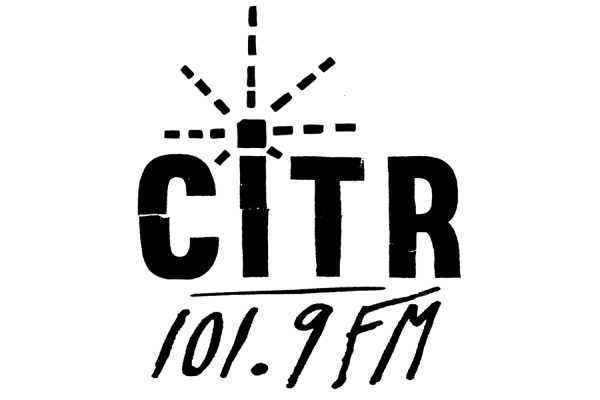When I first laid hands on my Dad’s paperback copy of How to Build Model Rockets, my fingers buzzed. Here was the crux of a three-stage rocket, pared down to 150 pages and a handful of schematic diagrams.
Now in its second edition, Handmade Electronic Music hums with that same trembling current of close-packed know-how.
Based on years of workshops he gave to would-be circuit-benders at the School of Art Institute in Chicago, Nicolas Collins keeps this guide simple but open-ended.
Collins started hacking clocks, toys and credit card readers in the early 1970s, when a synth cost tens of thousands of dollars. In this guide and his own music, Collins retains a makeshift design aesthetic and a love of found sound—the same fixations, I learned, that draw fans of Very Low-Frequency Radio to plant wire crosses on hilltops where, far above the 60 Hz city, they listen in on meteorites sizzling through the ionosphere.
With makeshift as a design goal, Collins avoids most electronics theory and includes nothing so hi-tech as a transistor (the building block of all modern synths). His parts list, which he estimates is less than $50, begins with pop-can tabs, vegetables and guitar pick-ups before moving on to handmade switches and CMOS circuits.
Also, to keep new keeners safe, Collins avoids hacks on anything but battery-powered devices, although he does set out guidelines for working with AC power in the closing chapters. (I only got as far as playing thermine-like AM radios and getting a shopping list for “circuit sniffers,” which are wire coils that pick up electromagnetic fields. These can be used in for projects such as sound artist Christina Kubisch’s 2003 work. She installed some similarly low-tech coils into headphones and then invited citizens of Birmingham to walk around listening to the electromagnetic pulse of their ATMs, subways and electricity grid.)
Now editor-in-chief at the Leonardo Music Journal, Nicolas Collins writes his how-to in a very engaging, useful style that finds the time to be more than a little weird. For instance, into a three-page, illustrated primer on how to solder, Collins writes that “Successful soldering, like fundamentalist Christian comedy performed in mid-winter by an L-Dopa patient, depends on cleanliness, heat, steady hands and … timing!”
When a lesser writer tries on such a personal style, like the guy who wrote a socialist manifesto on bike repair, instructions get confusing. But Collins is an ace instructor. If he sidetracks, it’s only to regale readers with backstory on avante-garde hackers like Paul de Marinis, who included vegetable bits as electrical components so that his circuits would naturally age.
If I have one misgiving about Handmade Electronic Music, it’s only that the ebook version, which is the same price as the paperback, doesn’t include the videos of hacked-hardware performances that get shipped with the paper copies. But that is a very small gripe for an otherwise handy book that has the look and feel of simple rocket science.





